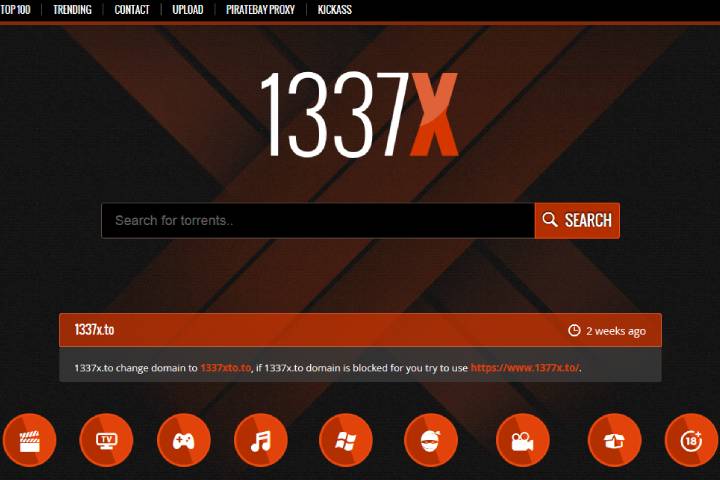AI Tools
Empowering Educators: The Leadership Shift Education Needs Today
This blog explores why educational leadership is critical today, strategies for empowering educators, and how schools can overcome the challenges in this transformative journey.

In today’s fast-paced, tech-driven world, the education sector faces unprecedented challenges and transformations. As the expectations from teachers and institutions rise, the role of educators has evolved from mere knowledge providers to change-makers and leaders. Empowering educators is no longer a choice, and it’s a necessity for adapting to modern educational demands.
Through strategic leadership development and the adoption of innovative tools, educators can become catalysts for change, shaping future-ready learners and inclusive classrooms. This blog explores why educational leadership is critical today, strategies for empowering educators, and how schools can overcome the challenges in this transformative journey.
Table of Contents
1. The Changing Landscape of Education
The traditional education model, teacher-centered, textbook-driven, and exam-focused, is being replaced by dynamic, learner-centric approaches. Digital transformation, global learning ecosystems, and the demand for 21st-century skills have reshaped what effective education looks like. In this evolving context, educators are expected not only to teach but also to lead, inspire, and innovate.
This leadership shift calls for a systematic approach to upskilling and mindset change. Enrolling in an Education Leadership Program can help educators and school administrators transition into leadership roles with the competencies needed to navigate policy changes, manage teams, and drive institutional reform. These programs also prepare educators to work with diverse learning styles, integrate technology effectively, and foster inclusive classroom environments.
2. Tools and Strategies for Educators
Empowering educators requires a mix of practical tools, pedagogical strategies, and institutional support. The following are key enablers:
- Professional Development: Continuous learning through workshops, leadership programs, and collaborative platforms empowers educators to stay updated with pedagogical trends and best practices.
- Digital Literacy: Proficiency in digital tools—from Learning Management Systems (LMS) to AI-assisted grading—is essential for delivering modern education.
- Collaborative Leadership: Encouraging teachers to take initiative in curriculum design, peer mentoring, and decision-making fosters a shared sense of purpose and empowerment.
- Feedback Culture: Constructive feedback loops between educators and school leaders support professional growth and continuous improvement.
- Autonomy in Teaching: Allowing teachers to experiment with teaching methods and customize content based on student needs builds confidence and creativity in the classroom.
By equipping educators with these tools and strategies, schools can develop a workforce that is not only capable but also resilient and adaptable to change.
3. Benefits of Empowering Educators
Empowering educators yields benefits that go far beyond staff satisfaction. It directly impacts the entire school ecosystem:
- Improved Student Outcomes: Empowered teachers are more engaged and motivated, which positively influences student performance and participation.
- Greater Innovation: When teachers feel supported and valued, they are more likely to try new approaches that can enhance learning experiences.
- Stronger School Culture: Empowered educators contribute to a collaborative and respectful environment, which fosters better relationships among students, staff, and administrators.
- Enhanced Teacher Retention: Professional growth opportunities and leadership roles help reduce burnout and turnover, ensuring continuity and stability in schools.
- Informed Decision-Making: Teachers involved in leadership contribute valuable classroom insights to policy and curriculum development, resulting in more grounded and practical solutions.
Empowerment transforms teachers into leaders who not only facilitate learning but also actively shape institutional success.

4. Fostering Student Participation
Empowered educators also create empowered learners. When teachers lead with confidence and innovation, students are more likely to engage, take ownership of their learning, and think critically.
- Student-Led Learning: Encouraging students to lead projects, discussions, and presentations mirrors the autonomy given to educators and fosters leadership skills from an early age.
- Mentorship Programs: Empowered teachers often serve as mentors, guiding students beyond academics through career counseling, emotional support, and skill-building.
- Technology Integration: Using gamified learning platforms, virtual simulations, and AI tools can make learning interactive and tailored to individual needs, increasing student motivation.
When educators champion participatory learning, they cultivate environments where students are not passive recipients but active contributors.
5. Challenges and Overcoming Barriers
Despite its importance, educator empowerment faces several challenges:
- Resistance to Change: Long-standing systems and traditional mindsets can slow down the adoption of new leadership models.
- Lack of Resources: Inadequate funding, poor infrastructure, and limited access to training often hinder professional development.
- Policy Constraints: Centralized decision-making and rigid curriculums may limit teacher autonomy and innovation.
- Time Constraints: Teachers often struggle to balance administrative duties, teaching responsibilities, and their own development.
Solutions lie in a multi-stakeholder approach:
- School management must prioritize teacher training and allocate budgets accordingly.
- Policymakers should create frameworks that allow greater teacher involvement in school governance.
- Institutions can establish mentorship networks and peer-learning models to share best practices.
- Leveraging technology for professional development can provide flexible, accessible upskilling opportunities.
Overcoming these barriers requires commitment and a cultural shift that positions teachers as the backbone of educational transformation.
Conclusion
Empowering educators is at the heart of reimagining education for the digital age. By recognizing teachers as leaders and equipping them with the tools, autonomy, and opportunities they need, educational institutions can foster resilient, innovative, and inclusive learning environments. As educators’ roles continue to evolve, structured support through training and leadership programs becomes increasingly vital.
A well-designed School Leadership course can serve as a foundational step toward this transformation. Whether it’s developing strategic thinking, managing institutional change, or nurturing collaborative school cultures, these courses empower educators to rise as visionary leaders. In turn, empowered educators cultivate empowered learners—ensuring that the future of education is not only sustainable but truly impactful.
-

 Instagram5 years ago
Instagram5 years agoBuy IG likes and buy organic Instagram followers: where to buy them and how?
-

 Instagram5 years ago
Instagram5 years ago100% Genuine Instagram Followers & Likes with Guaranteed Tool
-

 Business6 years ago
Business6 years ago7 Must Have Digital Marketing Tools For Your Small Businesses
-

 Instagram5 years ago
Instagram5 years agoInstagram Followers And Likes – Online Social Media Platform
















